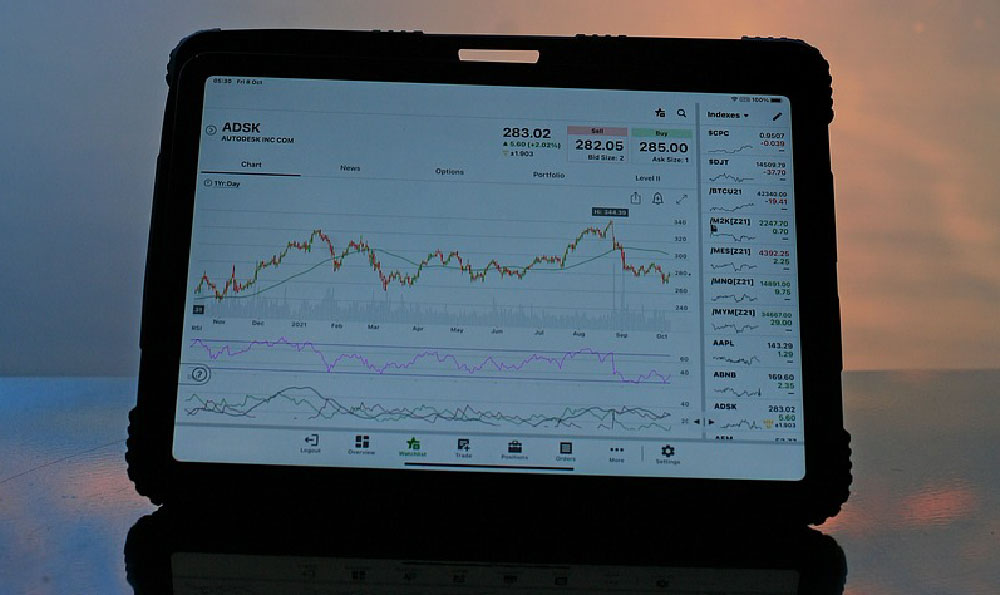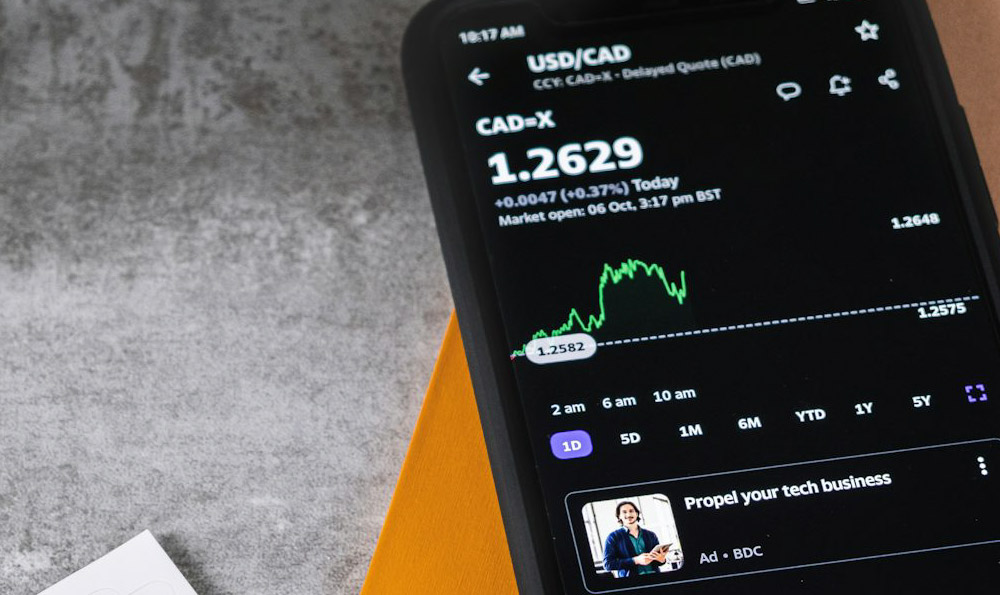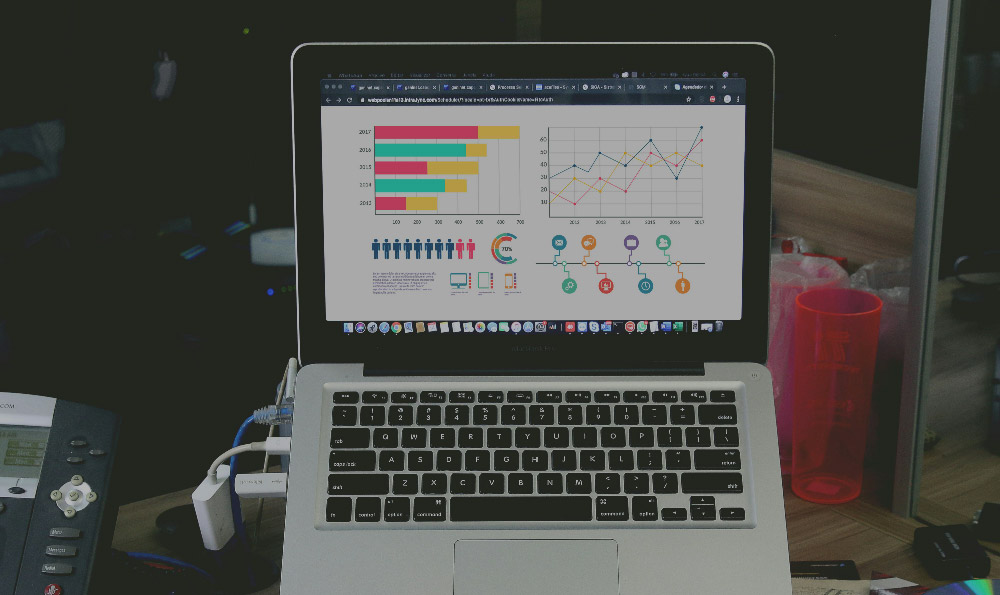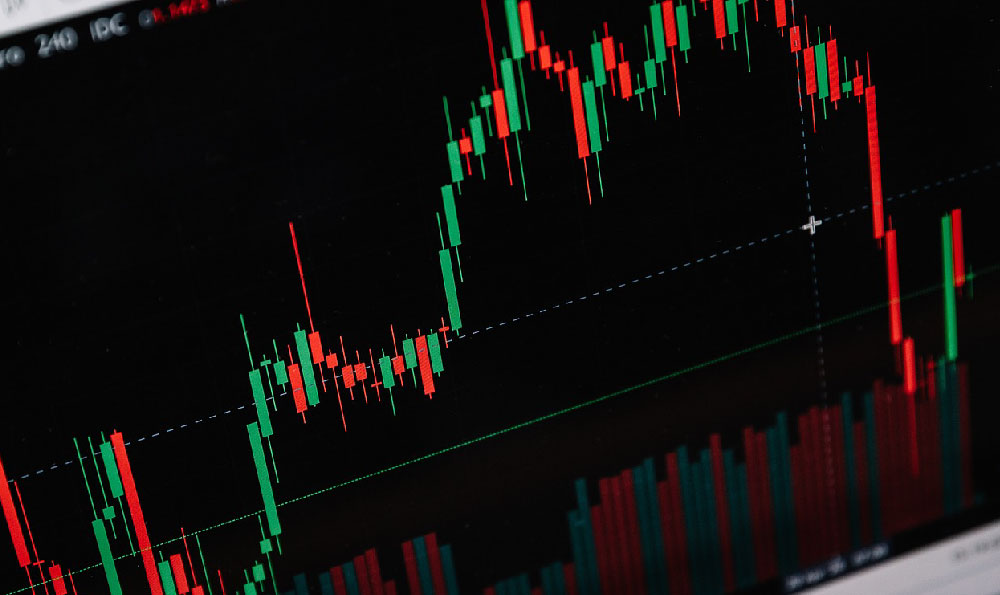CoinPro Dynamic Stop Loss Tool: Does it Optimize Your Trades? Or Hinder Them?

The allure of automated trading tools like CoinPro's Dynamic Stop Loss promises enhanced control and potentially improved profitability in the volatile cryptocurrency market. The premise is simple: to dynamically adjust stop-loss orders based on market movements, aiming to lock in profits during uptrends while mitigating losses during downturns. However, the question remains: Does this tool genuinely optimize trades, or does it ultimately hinder them, leading to missed opportunities and frustration?
To answer this, we must delve into the mechanics of dynamic stop-loss orders and the realities of the crypto market. Traditional stop-loss orders are static – they remain fixed at a pre-determined price. Dynamic, or trailing, stop-loss orders, on the other hand, move upwards as the price increases, always maintaining a specified distance (either in percentage or absolute value) from the current market price. This allows traders to ride upward trends without constantly manually adjusting their stop-loss levels. CoinPro's implementation likely offers further customization options, such as different algorithms for calculating the trailing distance, volatility adjustments, and perhaps even integration with other technical indicators.
The potential benefits of using such a tool are undeniable. First and foremost, it reduces the need for constant monitoring of the market. In the 24/7 crypto world, this can be invaluable. It allows traders to set their parameters and walk away, trusting the tool to execute the stop-loss order at the appropriate level. This not only saves time and mental energy but also reduces the emotional impact of trading, preventing impulsive decisions based on fear or greed.

Second, a well-configured dynamic stop-loss can protect profits during uptrends. By automatically raising the stop-loss level as the price increases, traders can secure gains without prematurely exiting a winning position. This is particularly useful in volatile markets where sudden price swings can quickly erode profits.
Third, it aims to minimize losses. While all stop-loss orders serve this purpose, dynamic stop-losses can potentially adapt to changing market conditions more effectively than static orders. For example, if the market enters a period of high volatility, the trailing distance might be adjusted to prevent premature stop-outs caused by temporary price fluctuations.
However, the potential drawbacks are equally significant. The crypto market is notorious for its "fakeouts" and "whiplash" movements. These are sudden, sharp price reversals that can trigger stop-loss orders before the price resumes its upward trajectory. A dynamic stop-loss, particularly one that is too tightly coupled to the current price, is vulnerable to being triggered by these temporary dips, resulting in missed profit opportunities and unnecessary losses. The very feature designed to protect profits can, ironically, lead to premature exits.
The effectiveness of CoinPro's Dynamic Stop Loss tool hinges heavily on its configuration and the user's understanding of market dynamics. A poorly configured tool can easily become a liability rather than an asset. For instance, setting the trailing distance too narrow can lead to frequent stop-outs during periods of normal market volatility. Conversely, setting it too wide can negate the benefits of the dynamic adjustment, effectively turning it into a static stop-loss with a delayed activation.
Another critical consideration is the underlying algorithm used to calculate the trailing distance. A simple percentage-based trailing distance might not be suitable for all assets or market conditions. A more sophisticated algorithm that takes into account volatility, trading volume, and other technical indicators might provide better results, but it also requires a deeper understanding of these factors. CoinPro might offer different algorithm options, but users must carefully evaluate which one is most appropriate for their trading strategy and risk tolerance.
Furthermore, it's important to remember that no automated tool is foolproof. The crypto market is constantly evolving, and even the most sophisticated algorithms can be caught off guard by unexpected events. Relying solely on CoinPro's Dynamic Stop Loss without actively monitoring the market and adjusting parameters as needed is a recipe for disaster. It should be viewed as a tool to augment, not replace, sound trading judgment and risk management principles.
Ultimately, whether CoinPro's Dynamic Stop Loss tool optimizes or hinders your trades depends on several factors, including your trading style, risk tolerance, understanding of market dynamics, and the specific configuration of the tool. It's crucial to conduct thorough testing and backtesting before deploying it with real capital. Start with small positions and carefully monitor the results. Adjust the parameters as needed based on your observations and experiences.
In conclusion, while CoinPro's Dynamic Stop Loss tool offers the potential for improved profit protection and reduced emotional trading, it's not a magic bullet. It requires careful configuration, ongoing monitoring, and a deep understanding of the crypto market. If used judiciously, it can be a valuable tool in a trader's arsenal. However, if used blindly or without proper understanding, it can easily lead to frustration and losses. Treat it as a tool to enhance your existing trading strategy, not a replacement for it. Remember, responsible trading involves continuous learning, adaptation, and a healthy dose of skepticism.















